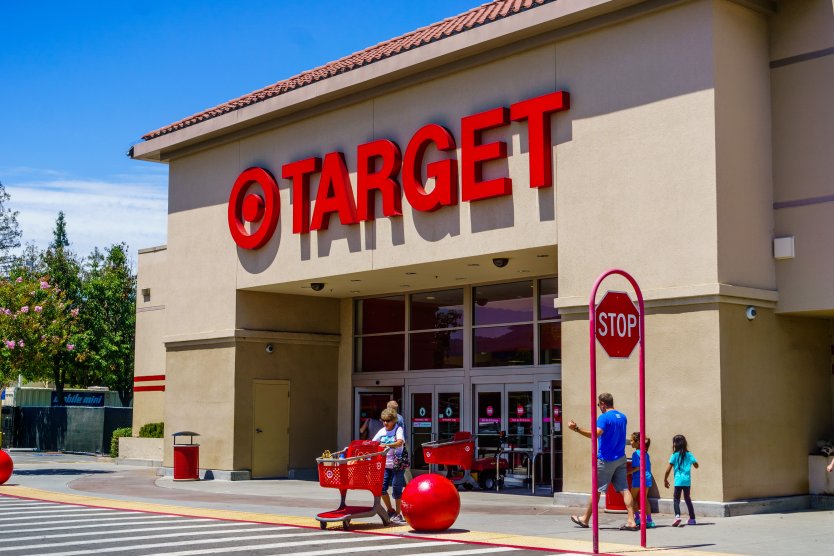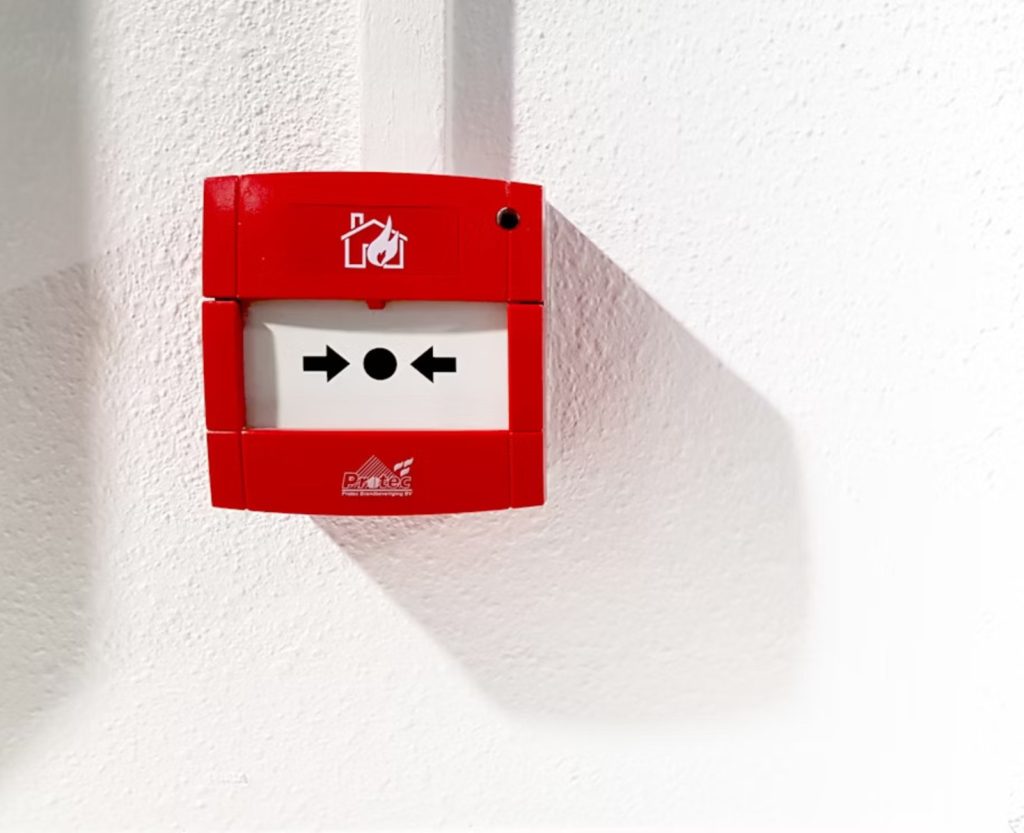How data science apply in retail industry?
In the retail sector, data science has become challenging to understand the mentality of millions of customers around the world. That’s why retailers begin harnessing the power of data science for their industry.
Data science helps to achieve meaningful knowledge about customers and market merging trends, aiding retailers in making data-driven decisions. Moreover, retailers can construct different strategies to influence their customers by analyzing the data.
Still vague about data science applications in this industry? Have a look at the top 11 use cases of data science in retail.
11 Practical use cases of data science in retail
1. Merchandising
Merchandising refers to all activities that help you promote and sell your product to customers, which has been a crucial part of the retail sector. This notion involves a huge variety of activities and strategies for sales increase and product promotion.

The practice of merchandising tricks can impact the customer’s decision-making process through visual channels. Rotating merchandise can keep the assortment stay fresh and updated. Enticing packaging and branding can grab customers’ attention and improve visual appeal. Data science in retail will help you achieve all those things.
Through the data, the merchandising mechanisms collect insights and priority sets for customers, considering relevancy, seasonality, and trends.
2. Social media
In the modern world, everyone is using social media as it’s the most convenient way of communication. The retail industries have leveraged the power of these communication bridges or technologies for their marketing activities across the world.
Social media generates an enormous amount of customer data for retailers, which helps to identify patterns, customer behaviors, and trends.

In social media companies, data scientists and researchers benefit from accessing the code base and updating it regularly for their specific purposes. They are not restricted to linking onto current processes and hacking together instrumentation to understand the meaning. If they want a piece of data gathered frequently, they can write code to collect it.
For social media marketing, data scientists often create clusters of strategies through complicated modelling. These clusters let data scientists test their results in managed advertising strategies.
The constant process of inquiry, modelling, and testing never halts in the world of data and analytics – it cannot stop as the data is ever-changing.
3. Implementing augmented reality
In the context of Data Visualizations, Augmented Reality (AR) can become more complicated and far more dynamic in nature.
The camera displays the image of a specific domain, the domain itself is marked with points, such that when a specific point in the domain stays in view of the camera. Meanwhile, the AR system can show the specific point and then know what that specific point is.
For example, many retail businesses have utilized “Try before you buy” for marketing. AR offers the real-time experience of the product to the user. Retailers start using this incredible technology to reimagine the digital shopping experience with virtual storefronts.
Retailers can engage with their customers in real-time by providing them what they are searching for, with the right data and tools, then helping them make the right decision.
4. Upselling and cross-selling
Efficiently cross-selling even a small-ticket item can result in colossal profit increases. And data science in retail will help you rocket profits without performing different A/B tests. Plus, you can also pitch personalized offers to various customer groups to further drive conversions and sales.
When including predictive analytics in the mix, you will gain an additional edge: you can see precisely when to upsell or cross-sell to satisfy your customer goals.
For example, you can build an algorithm to discover the key value items and key-value categories that are affecting your bottom lines and pitch them to different customers.
5. Customer sentiment analysis
This is the most prevalent technique throughout the world for marketing purposes. With the aid of sentiment, the industries accumulate the subjective information of customers to better understand them. Data science in retail will make customer sentiment analysis become much easier and more cost-saving.

Analysts can implement customer sentiment analysis based on natural language processing text analysis to gain defining positive, negative, or neutral sentiments. The algorithms run through all meaning layers of speed and categorize all the identified sentiment to specific degrees and buckets. As a result, you will get the sentiment rating in one of the categories and the general sentiment of the text.
6. Recommendation engines
Recommendation is considered one of the most excellent marketing strategies for retailers. In data science, recommendation engines allow businesses to understand customer preferences and provide them related suggestions to buyers.
There are two main types of recommendation techniques, including:
- Collaborative-filtering: This technique makes a prediction of what you might like according to customers’ preferences.
- Content-based filtering: This technique concentrates on the products and suggests products that have similar characteristics and attributes.
7. Customer lifetime value modelling
It’s quite easy to decide who your most profitable and loyal customers are. However, traditional analytics cannot show you when those buyers are beginning to purchase less frequently and why they switch to one of your competitors.
Data science in retail can help businesses realize those root causes. They can uncover the dependencies between different shoppers’ choices/behaviors and employ that data to predict their future actions.
There are several examples of what you can gain with customer lifetime value modelling, including:
- Cost of acquisition vs. lifetime value: Discover the areas for reducing costs when targeting various demographics with lifetime value potential.
- Cost attribution: Learn which marketing channels drive the most profitable buyers; and what strategies contribute most to repeat sales.
- Optimized retention offers: Reach out with the right pitch at the ideal time to win back individual customers.
- Add more buyable products to the mix: Leverage data to boost the selection of buyable items in your inventory by identifying accurately what your shoppers want.
8. Price optimization
With the support of data science in retail, the price optimization mechanisms allow companies to set a price that will benefit both sellers and buyers.

The process of prize optimization will depend on production costs and the price of similar items in the market. The data extracted from the multichannel sources help companies optimize the price of their goods, while considering the location, customer behaviors, etc.
Moreover, the algorithms also take account of customer feedback to the price changes. With powerful techniques, organizations can attract consumers and build personalized pricing schemes.
9. Fraud detection
Customer fraud ranges from the abuse of customer rights to credit risk. It can destroy the reputation of the retailers and lose customer trust.
Data science in retail can help businesses effectively encounter fraudsters via constant monitoring and detecting of suspicious activities.
Platforms powered by deep neural networks use common dimensionality reduction techniques to discover hidden patterns, fraudulent activities and mitigate dubious transactions.
10. Inventory management
With the capabilities of data science in retail, businesses no longer need to fear hindrances in inventory management. The integration of Machine Learning algorithms and data analysis platforms has provided retailers with excellent predictive analytics capabilities, letting them stock their stores with the right items at a proper time. Plus, retailers can also realize patterns in the different operations and processes of the supply chain.
11. New stores’ locations

Data science in retail is an incredible tool for picking the most appropriate location for launching a new store. Such decisions need the analysis of a huge amount of data, market trends, customer data, locations of other nearby stores, etc.
Successful projects in retail data science
1. Amazon
Amazon is considered one of the successful online retailers all over the world. It allows buyers from all corners of the globe to purchase millions of products anytime and anywhere.

Amazon capitalizes on the power of data science for its inventory management. Whenever we want to purchase something online from Amazon, we go to the website, look for the product and add that product to our cart. Then, Amazon began offering customers recommendations related to some similar items.
With the increasing requirements of customers, Amazon keeps adding products to meet their needs at the right time. Therefore, Amazon needs to analyze a huge amount of customer data and forecast future demand patterns.
2. Target corporation
This is the second-biggest retailer in the USA that owns various stores across the country.

Target Corporation leveraged data science to address some of its business problems. The company stores the records of all the customer data, such as what they bought, whether they used any card, etc. Besides, they also gather some extra details like the buyer’s age, religion, marital status, educational background, income, etc.
This valuable information lets Target create personalized product recommendations for that specific segment of customers. This way, data science in retail turned out to be a landmark for Target.
3. Starbucks

With the help of data science techniques and tools, Starbucks analyzes data to select every new opening location by traffic, area demographics, and customer behaviors.
Data science in retail can help Starbucks know whether launching a new store in a specific area will be beneficial for the brand.
4. Netflix

This video streaming service can access all the preferences and watching habits of its users across the globe. Netflix analyzes the data and suggests the content that the audience will find interesting and choose favorite movies or series.
Conclusion
The ultimate goal of all retail businesses is to meet customer needs. And data science in retail proves the best way for retailers to have a deep understanding of customer expectations.
The applications of data science in retail are bringing retailers a chance to stay in the market, advance the customer experience, and skyrocket sales and revenue. Since technology keeps changing, data science can bring more benefits to the retail world.
More related posts from Big Data blog you shouldn’t skip:
- 10 Ways To Apply Predictive Analytics In Retail
- 7 Retail Analytics Challenges And How To Overcome Them
- Video Analytics In Retail: The Most Comprehensive Guide
How useful was this post?
Click on a star to rate it!
Average rating / 5. Vote count:
No votes so far! Be the first to rate this post.




